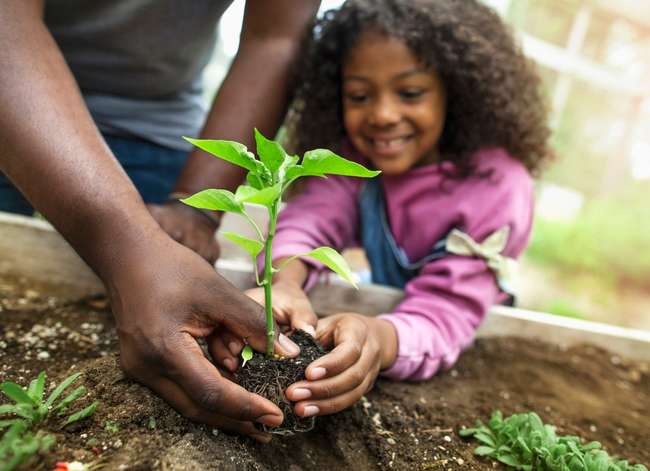

We may earn revenue from the products available on this page and participate in affiliate programs. Learn More ›
Climate Victory Gardens
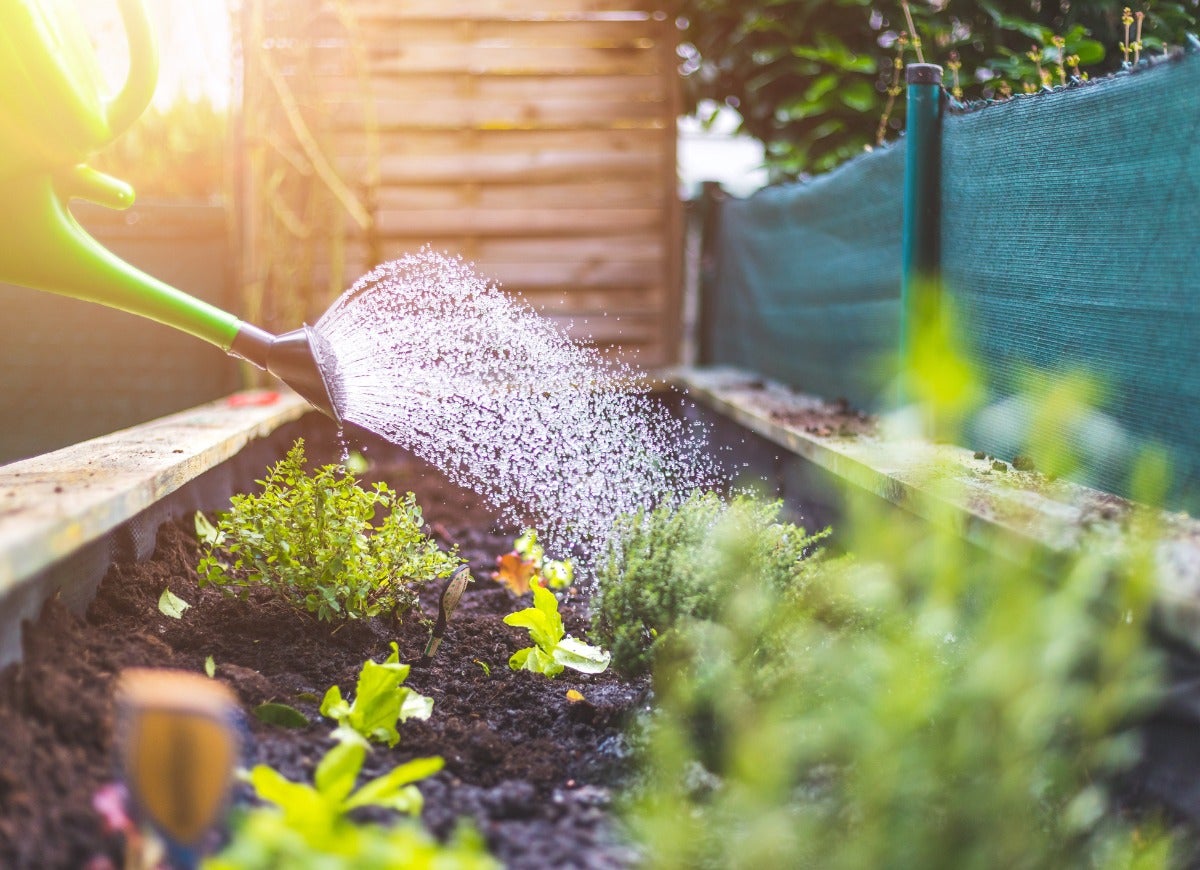
During a climate change emergency—and global pandemic—nurturing plants from seed to food allows people to contribute to efforts that seem largely out of reach. The desire to garden during bad times isn’t unique to the Covid-19 pandemic. During World Wars I and II, governments encouraged their citizens to plant wartime gardens, also known as victory gardens.
In 2020, as pandemic lockdowns began, seed sellers and garden stores quickly sold out of seeds, soil, and other gardening gear. Interest in growing food at home was so intense that some seed sellers had no choice but to stop taking orders, hire additional employees, or delay their shipments. During the Covid-19 pandemic, victory gardens have sprung up anew in yards across North America. More people have become interested in growing their own food because of worries surrounding food insecurity and the impacts of climate change. Here’s how to turn your backyard garden into a climate change victory garden.
Grow Edibles

Growing food in your yard is as local as “locally grown produce” gets. Raising a garden of your own will help decrease grocery bills, and provides your family with a steady supply of in-season vegetables. Gardeners who grow their own food have a greater appreciation for where their food comes from. Eating local helps reduce fuel consumption, which, in turn, reduces greenhouse gas emissions.
It is not likely that you’ll grow all the food you need, especially if you are new to gardening. One way to enjoy a variety of fresh fruits and veggies without having to grow them all yourself is to gather a group of friends and neighbors who are also interested in gardening. You can all grow different veggies, and share your bountiful harvests.
Related: Know the Types of Soil
Cover Your Soil
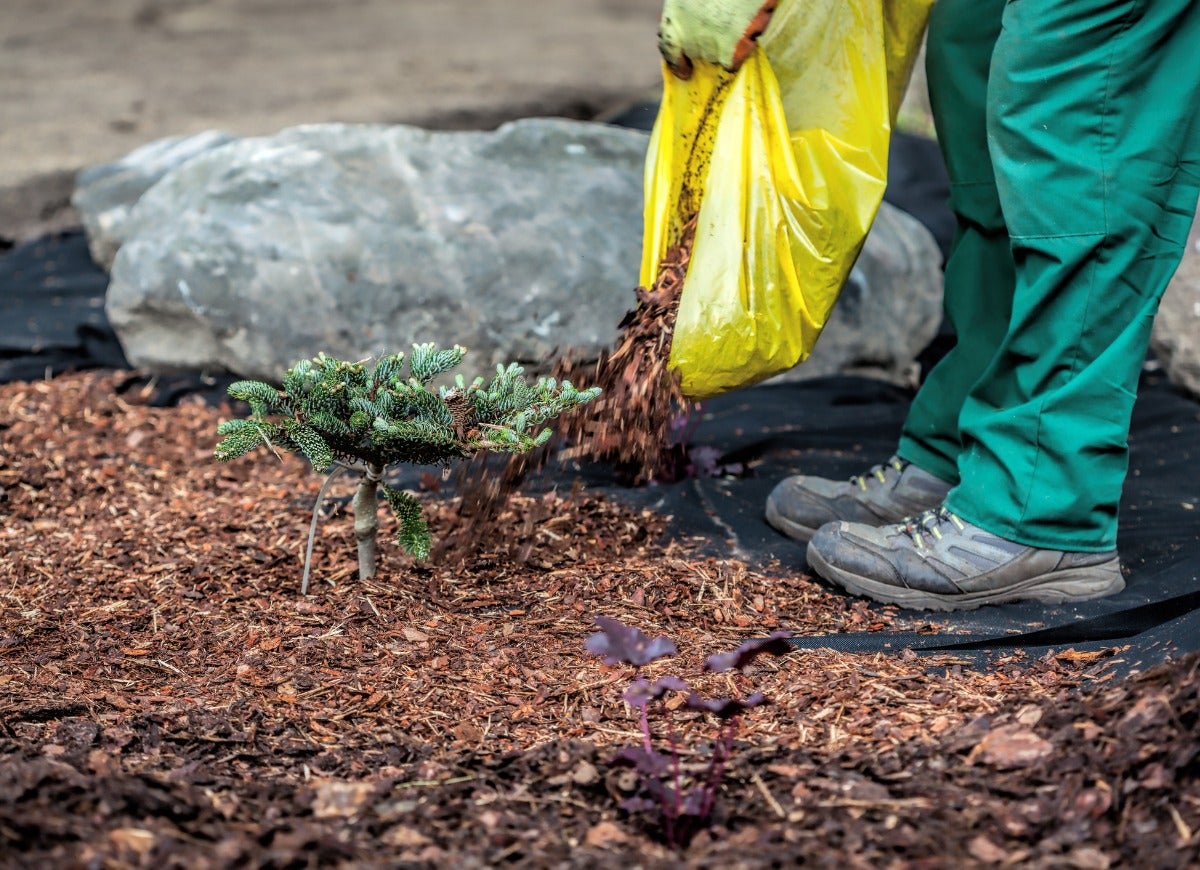
Keeping your garden soil moist is vital for healthy plant growth, which is why many of us find our water bills skyrocketing during peak gardening months. Covering soil with mulch or cover crops doesn’t just retain moisture and, by extension, conserve water. Mulching keeps weeds at bay.
Planting cover crops can cut down on soil erosion, which depletes nutrients from the soil and decreases the amount of water soil can hold.
Use Compost
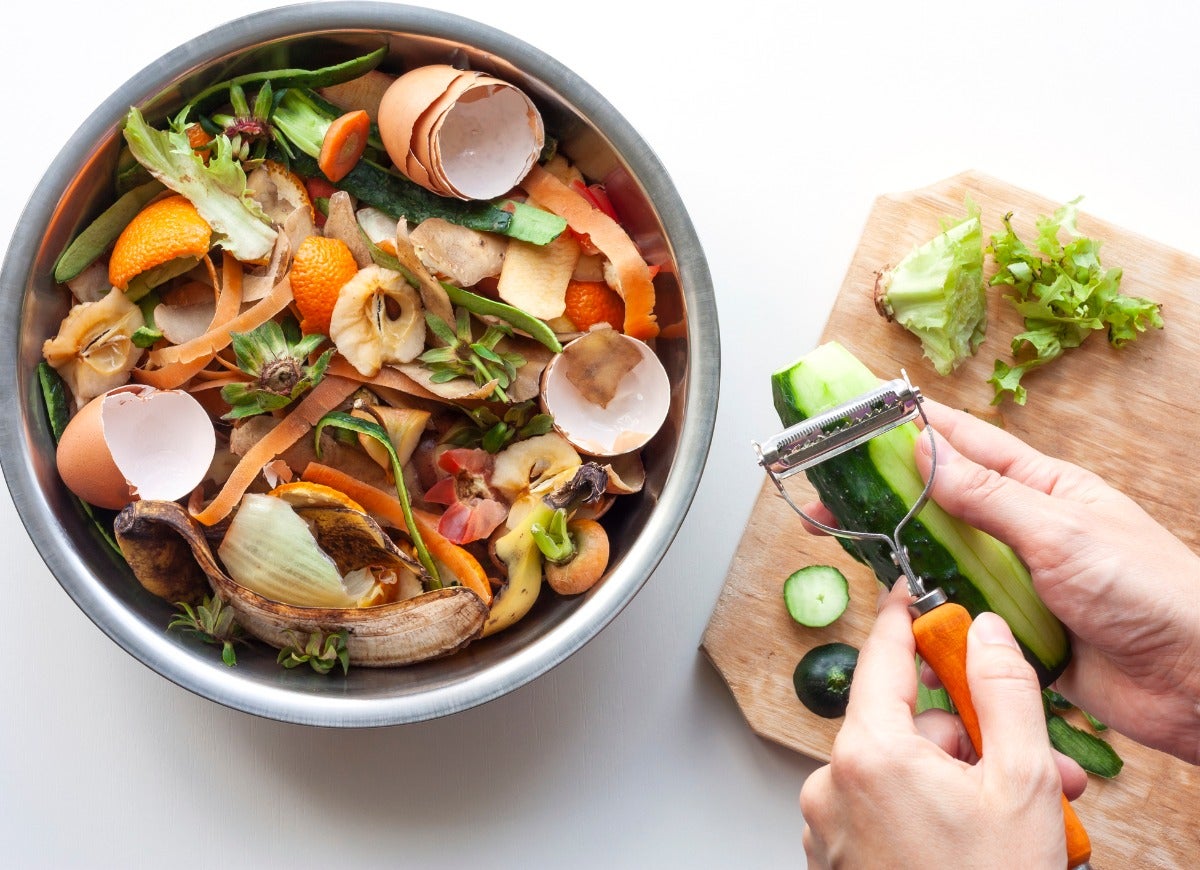
Compost is easy to make at home. It takes some time and patience, but when it’s ready to add to the soil, it’s a potent fertilizer that costs nothing and packs a nutritional punch. Saving kitchen waste and scraps to make your own compost keeps trash out of landfills and helps improve the quality and condition of your soil. Adding compost to the garden increases beneficial soil microbes, which, in turn, improves soil and plant health, allowing for the production of nutrient-rich food.
Go Au Naturel
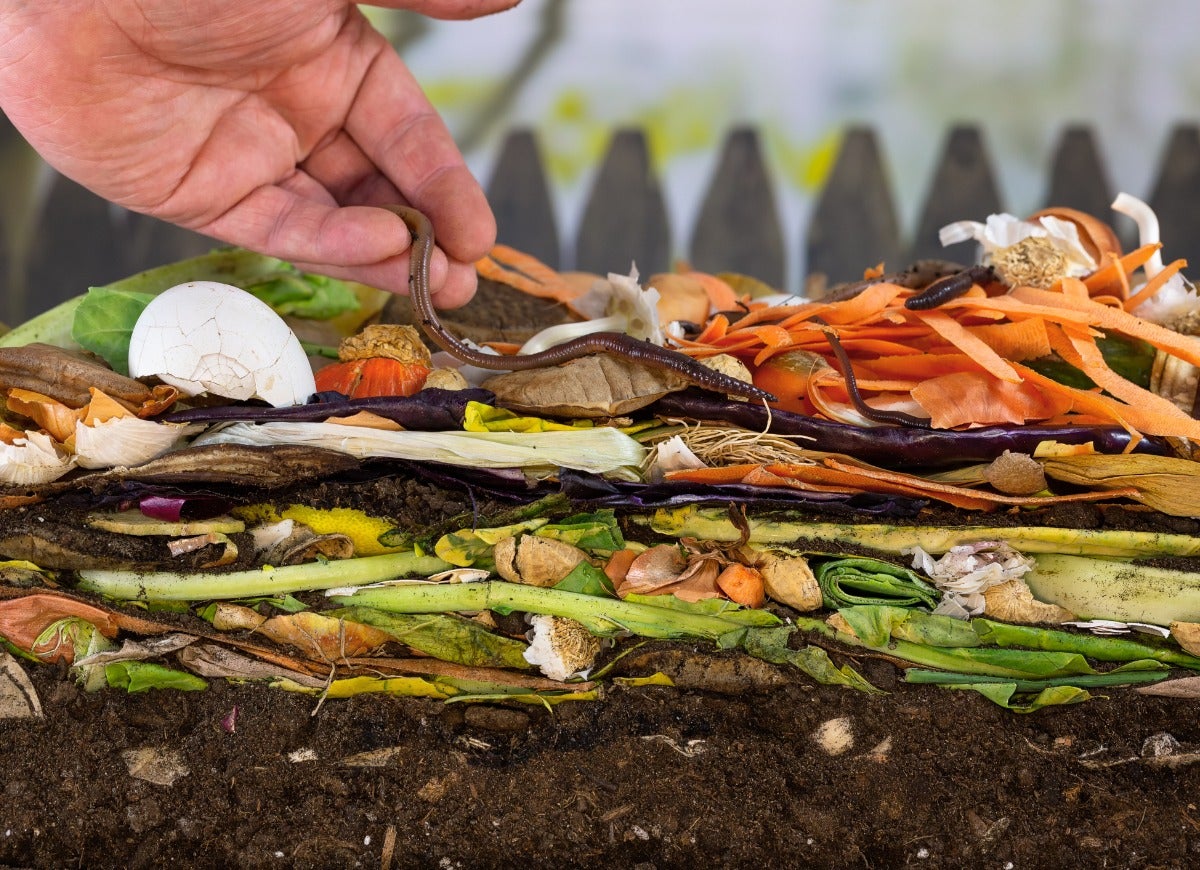
No, we aren’t suggesting naked gardening. We’re talking about pesticides! Skip the harsh chemicals and man-made fertilizers, and instead feed your garden with compost. Utilize organic pest control solutions and companion planting strategies to prevent infestations and disease. Making safe and healthy organic choices in the garden reduces runoff pollution, and results in fruits and vegetables that are safer and healthier to eat.
Bring All the Pollinators to the Yard
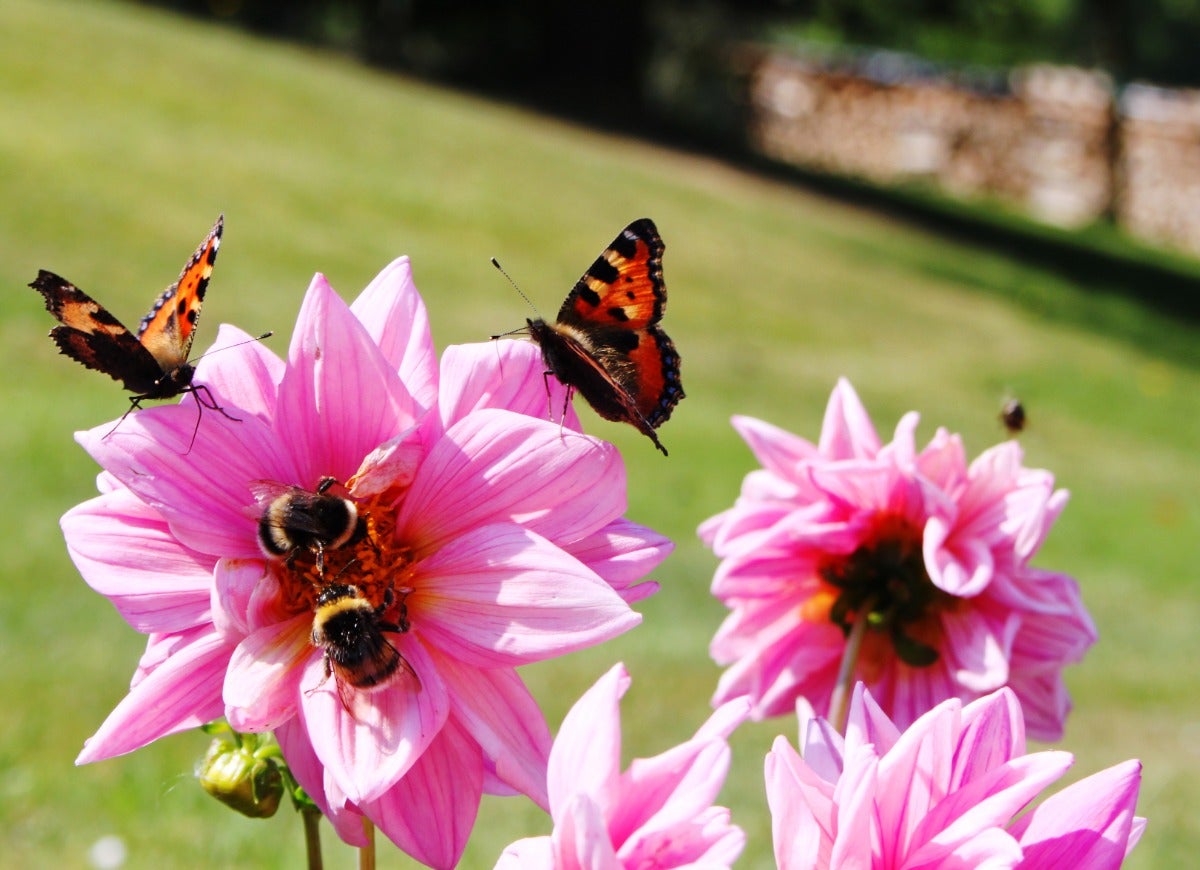
Encourage biodiversity in your yard by growing a variety of plants. Planting pollinator-friendly flowers, for example, increases available food for bees and butterflies. Providing food and habitat for beneficial garden creatures also keeps the pests in check, reducing the need for pesticides. Nectar-producing flowers, like lantana, thistle, and penstemon, are good choices for attracting butterflies and hummingbirds. Planting a variety of flowering plants that bloom at different times ensures a steady supply of food for pollinators and other beneficial insects. Water features and rocks also provide a place for butterflies to drink and rest.
Choose Native Varieties
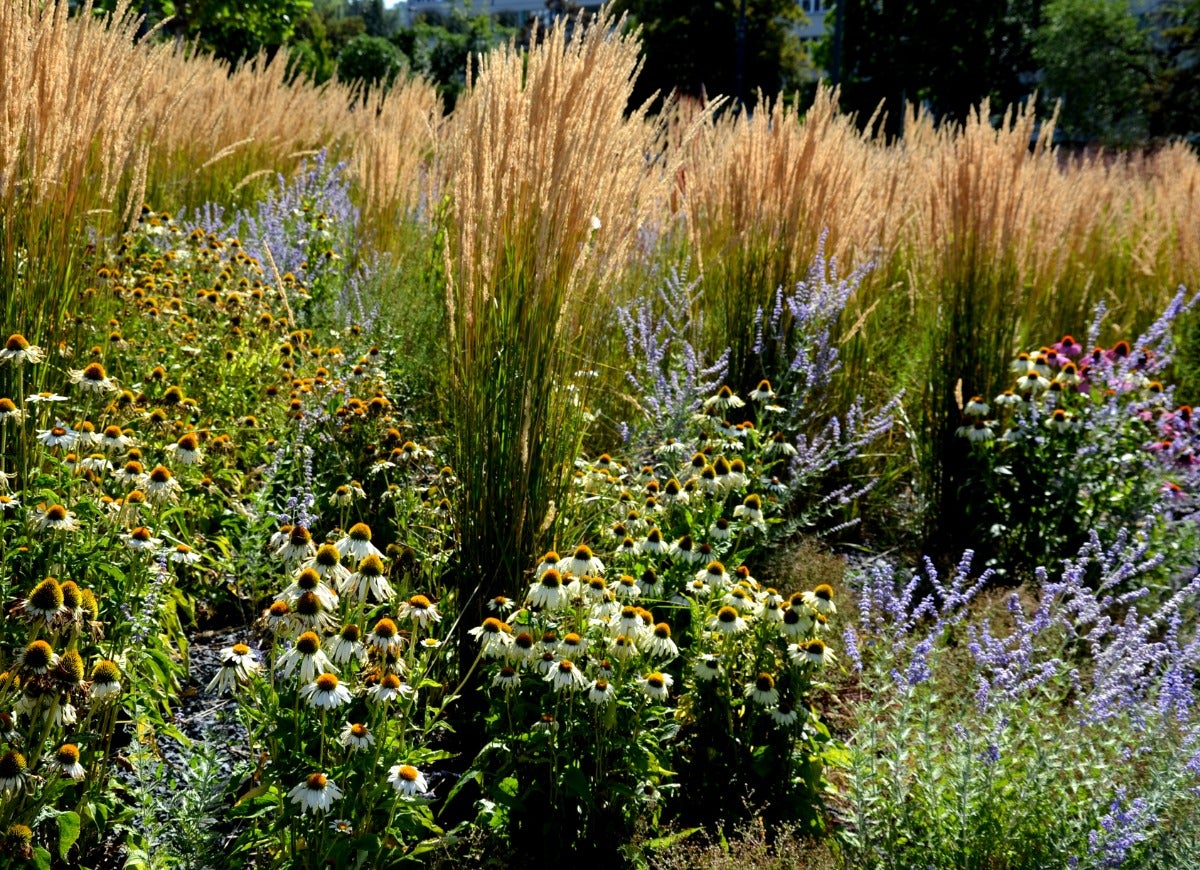
Perennials and native plants are low-maintenance choices for the garden that can help control the growth of weeds. Choosing native perennials also encourages biodiversity. Biodiversity contributes to healthy ecosystems, which may be more resilient to climate change.
Because you can harvest multiple times from one plant, perennial gardens use fewer resources overall. Planting perennials also prevents soil disturbance, allowing for carbon storage. Carbon stored in the soil doesn’t get released as carbon dioxide, which contributes to climate change.
Enlist the Help of Animals
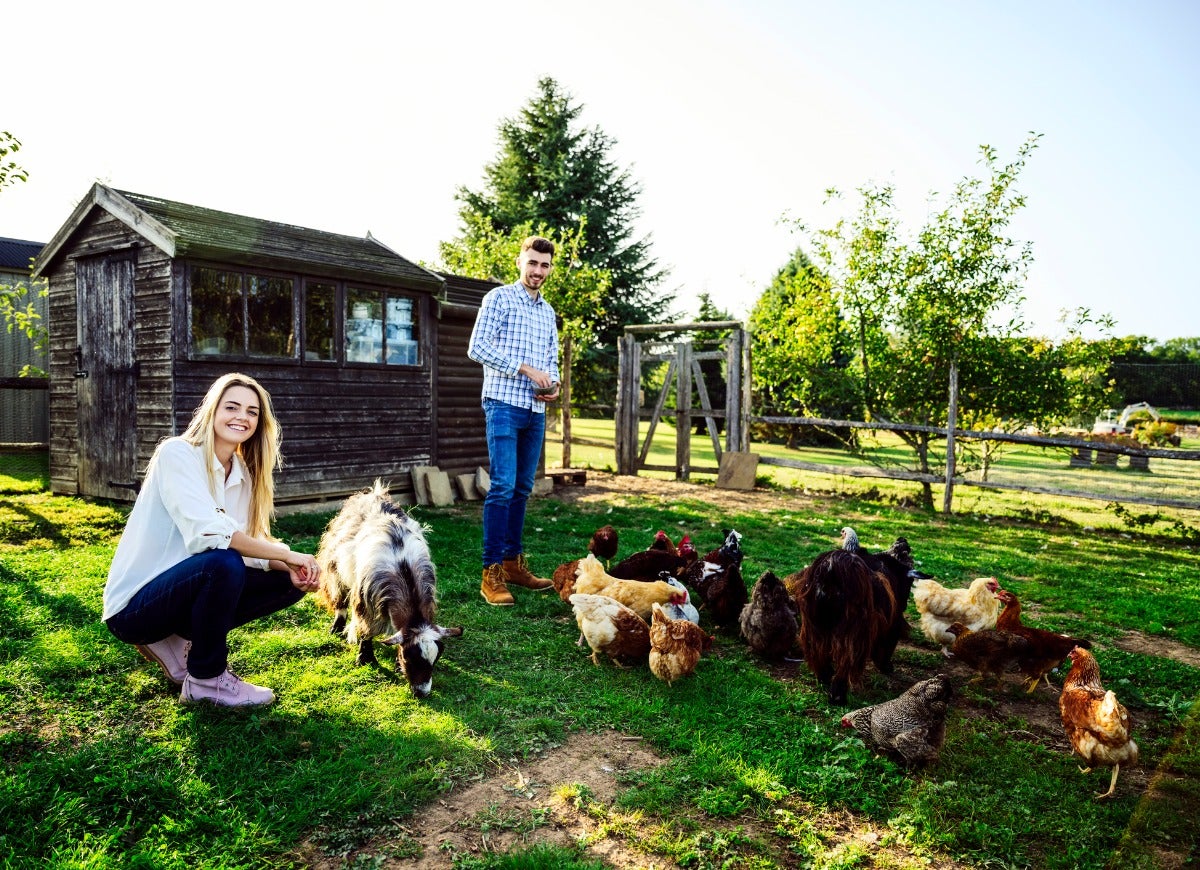
Hungry chickens, goats, and other small animals can help in the garden by eating undesirable insects and weedy growth. And, as a bonus, chickens can provide fresh eggs.
These animals produce manure that can be used as fertilizer. Using animal manure to feed garden plants reduces dependence on man-made fertilizers that, when improperly used, may have a negative impact on the environment. Using a locally “made” product also reduces greenhouse gas emissions because it doesn’t have to be transported. Just remember that taking care of these animals is a big commitment. Don’t enlist their help if you’re not willing to care for them and put in the work to keep them safe and healthy.
Rotate Crops
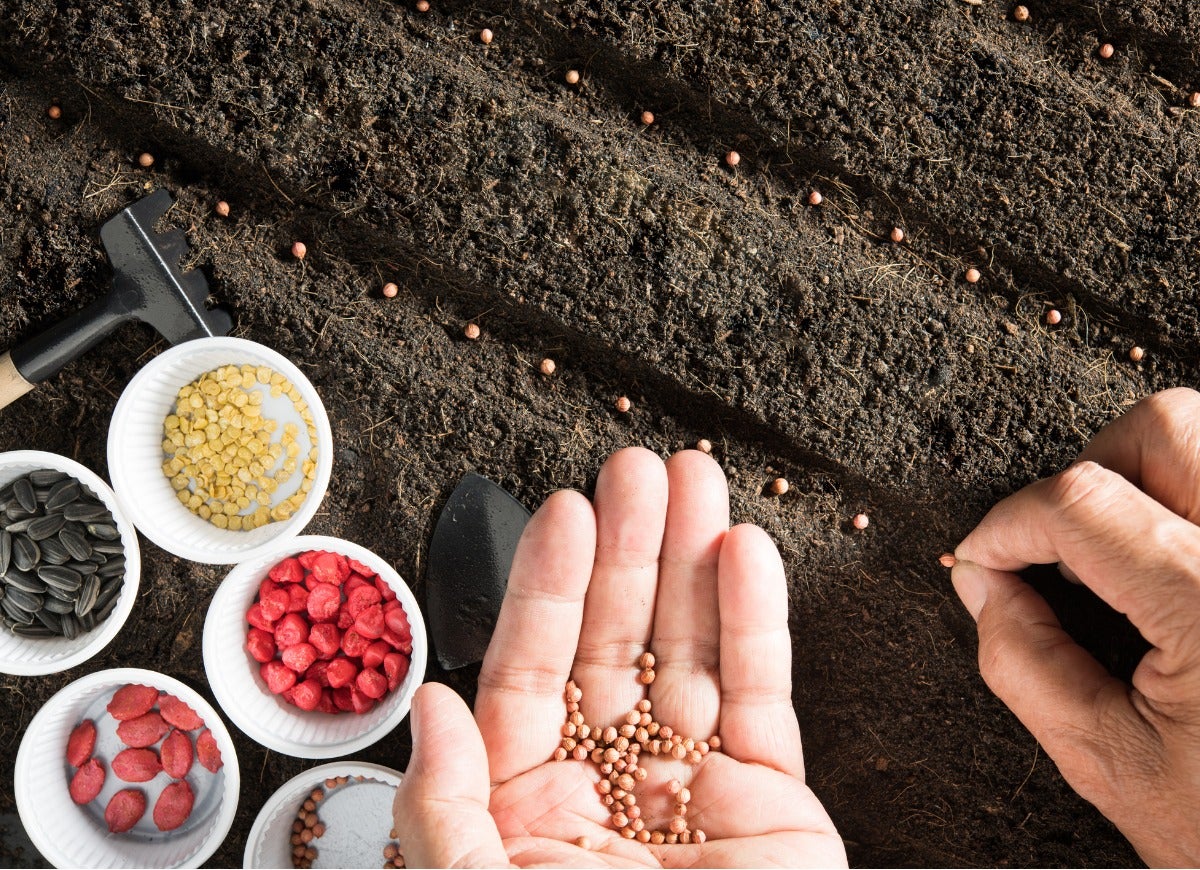
This most basic tenet of growing food is one that many gardeners ignore. Rotating crops helps balance soil nutrients, reduce pest activity, and decrease disease occurrences, thus eliminating the need for harsh chemical pesticides, fungicides, and herbicides. Rotating crops simply involves planting one type of crop in different plots each year. For example, don’t plant brassicas where you grew them last year—rotate them into a new bed. Use nitrogen-fixing plants such as beans to increase nitrogen levels in depleted soils instead of using synthetic fertilizers.
Stick to Manual Labor
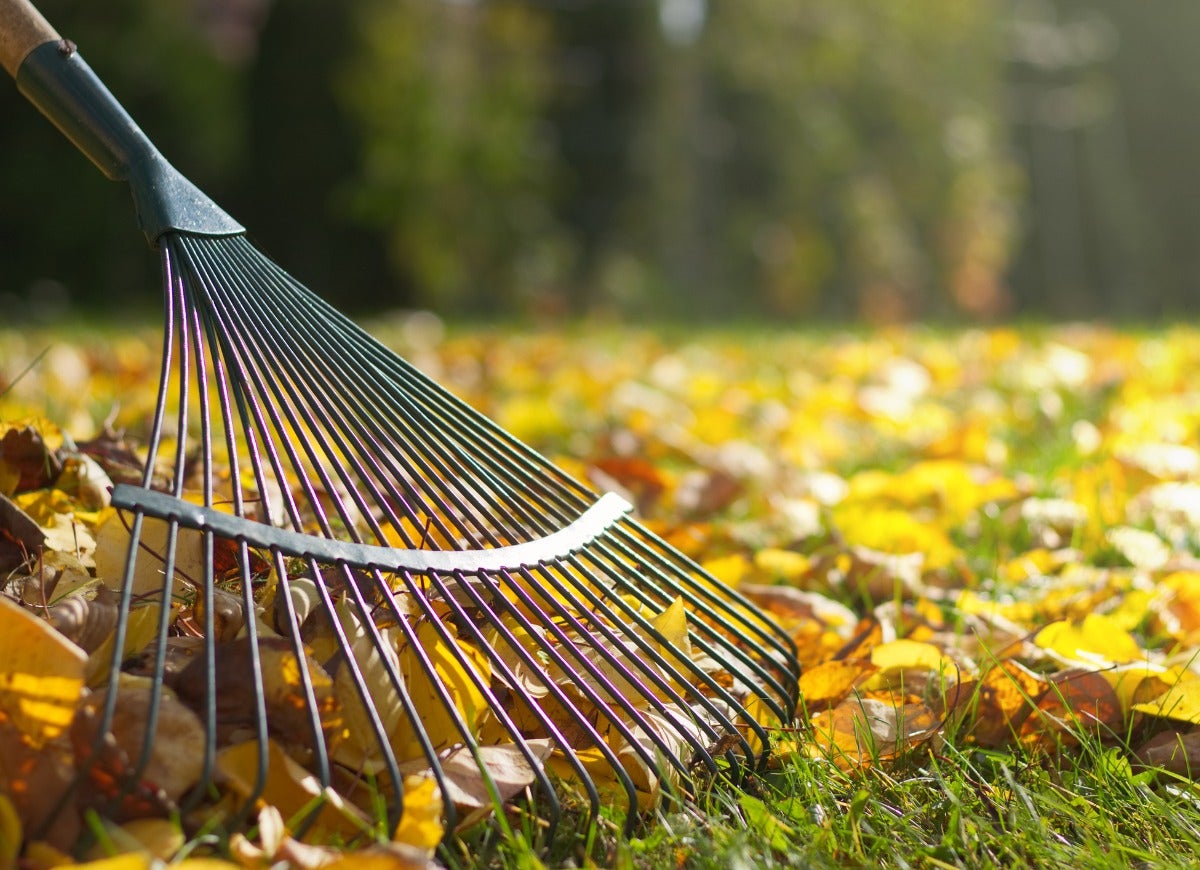
Tending your garden and completing landscaping tasks by hand, rather than using fuel-guzzling tools, will save you money and make you less dependent on fuel. Easy changes you can make include replacing your gas-powered mower with a push model, pulling weeds by hand, and using a rake instead of a leaf blower (which is less efficient than most people realize). Leaf blowers also produce exhaust that’s harmful to the environment.
Watch Your Garden
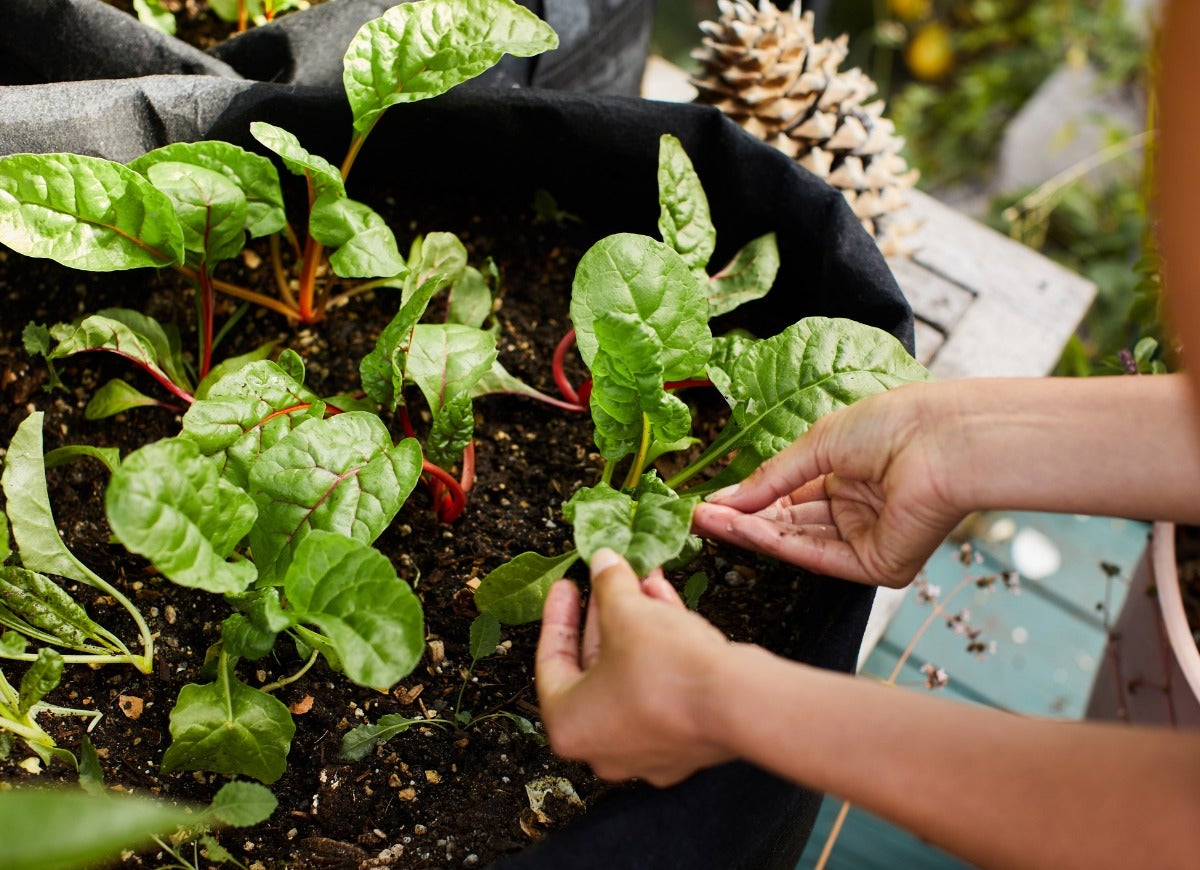
A close relationship with your garden can reveal a host of information. Daily checkups make it easy to spot pest and disease issues before they become a problem. Gardeners who keep close tabs on their plants are better suited to efficiently managing resource use, including water.
If you catch a pest problem early, you’re also less likely to resort to using environmentally harmful measures like chemical pesticides. Using pesticides can harm beneficial insects and ultimately negatively impact ecosystems. Don’t forget to test the soil for nutrients regularly. It’s the only way to find out if there’s a nutrient imbalance. Visual cues may tip you off, but a test will confirm any suspicions. To prevent overfertilizing, avoid using store-bought organic fertilizers, which can create runoff and impact soil health, until there’s a documented imbalance.

Our Best Advice for Beginner Gardeners
We’ll help you set up your first garden—whether that’s a few pots on your patio, a raised bed, or an in-ground plot out back—and select the right plants for your soil and region.